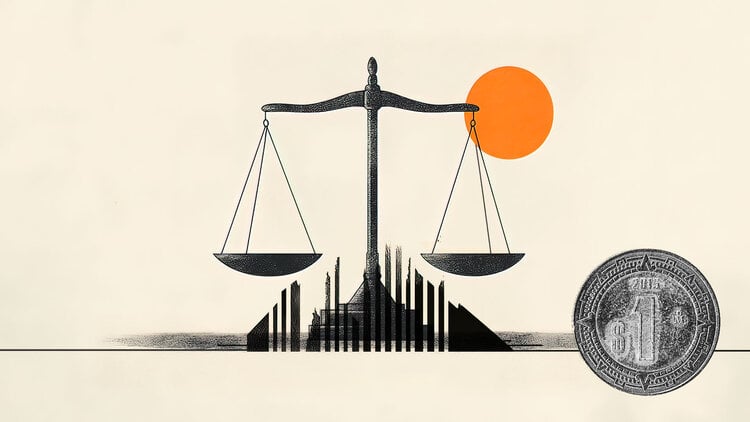The Central Bank published this Thursday (11) a box on the evolution of credit in the country’s regions in the first quarter, within the Regional Bulletin.
In general, the growth of credit in the National Financial System (SFN) was 2.4% in the period, with an increase of 3.2% in the portfolio of individuals (responsible for about 80% of the nominal increase) and of 1. 2% of companies.
“The developments in the credit market in the quarter show still robust evolution, even compared to the first quarter of 2021.”
According to the BC, in the midst of rising interest rates, there was a reduction in the pace of credit growth, which was more evident in the Southeast.
In the region, there was continuity in the expansion of the family portfolio (3.1%), offsetting the relative stability in the stock of operations for companies (0.2%).
The autarchy also highlighted that, in the corporate segment, there was a drop in the portfolios directed in the North, Northeast and, mainly, Southeast regions due to amortizations of emergency programs.
On the other hand, there was a slight increase in the South and Center-West, due to the expansion of rural credit.
In terms of free credit company operations, the Midwest stood out, especially in terms of export financing.
For credit to households, in turn, the North and Northeast presented the highest growth rates in the free portfolio.
In operations with earmarked resources, there was also a relative leadership of the North, influenced by the evolution of rural financing in that region.
“The balance of rural financing for families emerged, in addition to the North, in the Center-West, in the face of a positive scenario for agribusiness, as mentioned in this Regional Bulletin.
Additionally, credit card operations financed in the Northeast and real estate financing and non-consigned personal credit in the Southeast and South stand out”, added the BC.
In addition, the agency highlighted that, reversing the trend of the previous period, there was an increase in non-consigned credit in all regions of the country and in financed credit cards.
“These results suggest that operations for individuals are more expensive and may influence delinquency at the margin.”
By sector, commerce was responsible for the greater demand for credit in the group of regions in the corporate segment.
In the Southeast, there was also a reduction in the balance of credit to the Public Administration.
Regarding delinquency, the BC noted that there was an increase compared to the fourth quarter, with a possible impact of the increase in the interest rate in the individual portfolio.
In the segment, there was an increase in all regions, but mainly in the Northeast (0.58 pp) and Southeast (0.40 pp).
As for corporate credit, delinquency remained relatively stable, with the exception of the North of the country, where there was some growth.
“In a scenario of rising prices and interest levels, in the first quarter of 2022, there were changes in the profile of individual operations, with lower growth in payroll-deductible loans and a significant increase in higher-cost modalities, as well as accommodation in the aggregate performance of credit. PJ”, said the BC.
“This stability resulted, to a large extent, from the expansion of financing related to exports as a counterpoint to the relevant retraction of working capital operations”, he added.
Source: CNN Brasil
I am Sophia william, author of World Stock Market. I have a degree in journalism from the University of Missouri and I have worked as a reporter for several news websites. I have a passion for writing and informing people about the latest news and events happening in the world. I strive to be accurate and unbiased in my reporting, and I hope to provide readers with valuable information that they can use to make informed decisions.







